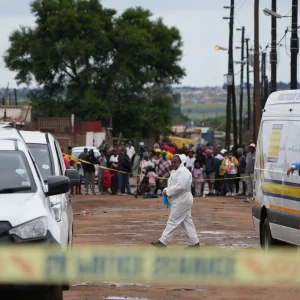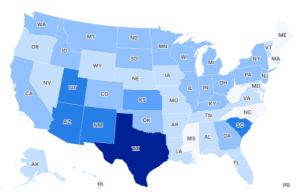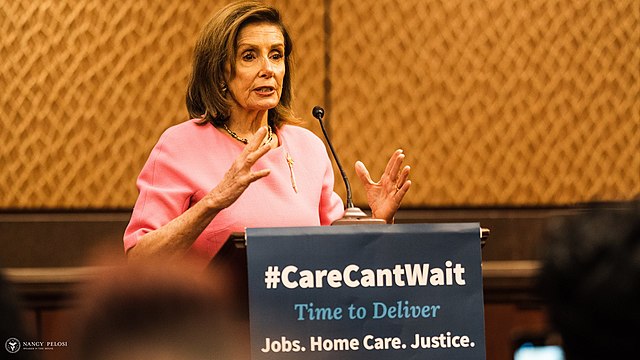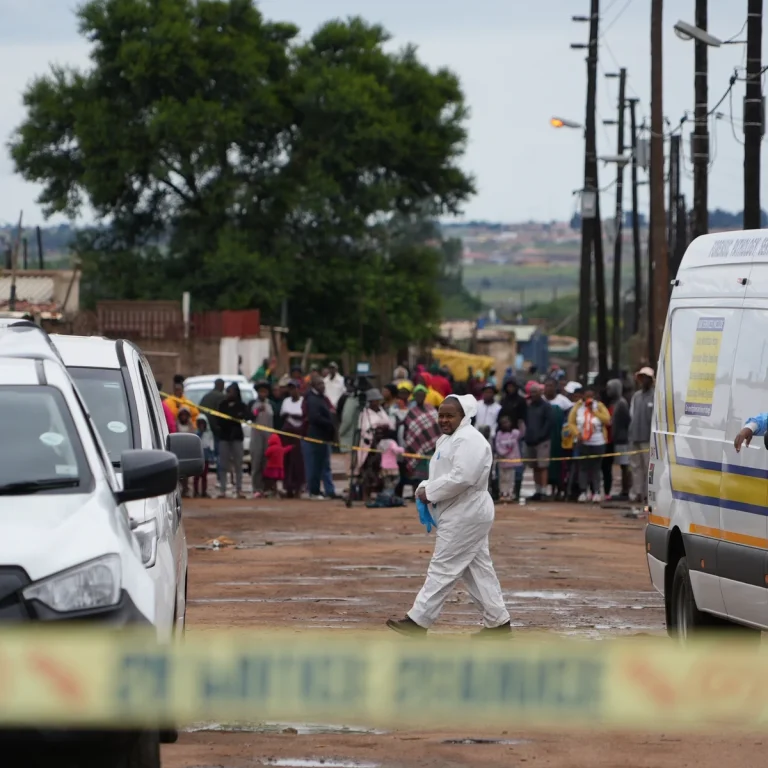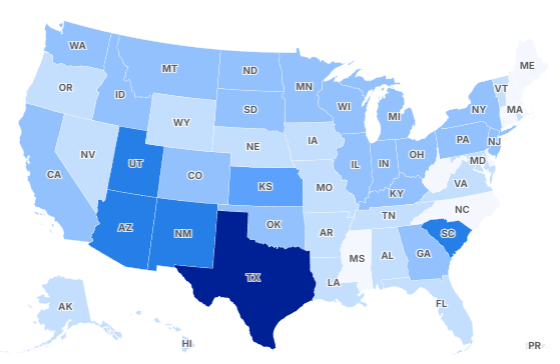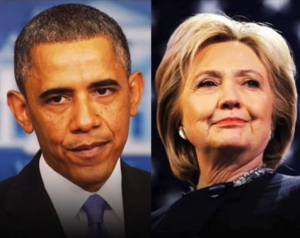Former House Speaker Nancy Pelosi (D-CA) reignited debate over the events of January 6, 2021, after criticizing President Donald Trump’s decision to deploy the D.C. National Guard this week. Her remarks quickly drew a sharp and detailed rebuttal from former U.S. Capitol Police Chief Steven Sund, who was at the center of security decisions that day.
The exchange began on Monday, when President Trump authorized the activation of the D.C. National Guard in response to rising violent crime in the nation’s capital. Pelosi took to X (formerly Twitter) to denounce the move, linking it to her long-standing criticism of Trump’s actions on January 6.
“Donald Trump delayed deploying the National Guard on January 6th when our Capitol was under violent attack and lives were at stake,” Pelosi wrote. “Now, he’s activating the DC Guard to distract from his incompetent mishandling of tariffs, health care, education, and immigration — just to name a few blunders.”
Within hours, Sund fired back publicly, calling Pelosi’s version of events misleading.
“Ma’am, it is long past time to be honest with the American people,” Sund responded. “On January 3, I requested National Guard assistance, but your Sergeant at Arms denied it.”
Disputed Timeline of Events
Sund has long maintained that he repeatedly requested National Guard assistance both before and during the January 6 protests — and that those requests were denied by congressional security officials who reported directly to Pelosi and then–Senate Minority Leader Chuck Schumer (D-NY).
According to Sund’s 2023 book Courage Under Fire, he first asked for Guard troops to be placed on standby on January 3. That request went to the House Sergeant at Arms and the Senate Sergeant at Arms, who did not approve it.
Sund says that on January 6, as the situation escalated, he made 11 urgent calls seeking help. NPR reported on January 11, 2021, that Sund had formally requested assistance six separate times before and during the unrest. One of those calls was rejected for 71 minutes before approval was given.
“When I needed assistance, it was denied,” Sund wrote in his latest post. “Yet when it suited you, you ordered fencing topped with concertina wire and surrounded the Capitol with thousands of armed National Guard troops.”
Pelosi’s Own Words
Video footage recorded by Pelosi’s daughter — later used in a documentary — appears to show Pelosi acknowledging responsibility for the delay. In that clip, Pelosi says plainly:
“I totally failed. I take responsibility.”
That admission has been cited by Sund and others as evidence that senior congressional leadership, not the White House, controlled the pace of Guard deployment that day.
Broader Context
Kash Patel, who served as chief of staff to the Acting Secretary of Defense during Trump’s administration, said in 2023 that both Pelosi and D.C. Mayor Muriel Bowser declined Trump’s preemptive authorization to have the Guard on standby. Patel characterized the decision as “deliberate slow-rolling” that undermined Trump’s directive.
“This deliberate slow-rolling portrays a clear intent to gut the president’s preemptive authorization of the National Guard days prior, which had then been declined by Speaker Pelosi and Mayor Bowser,” Patel told RedState.
The new exchange between Pelosi and Sund has rekindled a long-running dispute over who held responsibility for security decisions on January 6 — and whether key leaders acted quickly enough to prevent the situation from spiraling out of control.
While Pelosi has consistently argued that Trump failed to act decisively to protect the Capitol, Sund insists the record shows congressional leadership was given multiple opportunities to authorize National Guard support in advance, but did not do so until well after the protests had begun.
Present Day Fallout
The timing of Pelosi’s remarks is notable. Trump’s latest decision to use federal authority to deploy the National Guard — this time in response to D.C.’s violent crime surge — has sparked renewed political arguments about the use of military resources domestically.
Critics say the move is politically motivated, while supporters see it as a decisive step toward restoring order in the capital. Against that backdrop, Pelosi’s framing of Trump’s January 6 actions is viewed by some as an attempt to undermine his law-and-order message.
Meanwhile, Sund’s rebuttal adds fuel to Republican claims that Pelosi’s office played a more central role in security delays than she has publicly acknowledged. The dispute underscores how the legacy of January 6 remains a potent political weapon — and how interpretations of that day’s events continue to divide Washington.
Whether this latest back-and-forth will shift public perception is uncertain, but it is clear that the political scars from January 6 are far from healed. The question of exactly who was responsible for key decisions — and when those decisions were made — remains at the heart of a debate that shows no signs of fading.

James Jenkins is a celebrated Pulitzer Prize-winning author whose work has reshaped the way readers think about social justice and human rights in America. Raised in Atlanta, Georgia, James grew up in a community that instilled in him both resilience and a strong sense of responsibility toward others. After studying political science and creative writing at Howard University, he worked as a journalist covering civil rights issues before dedicating himself fully to fiction. His novels are known for their sharp, empathetic portraits of marginalized communities and for weaving personal stories with broader political realities. Jenkins’s breakout novel, Shadows of Freedom, won national acclaim for its unflinching look at systemic inequality, while his more recent works explore themes of identity, resilience, and the fight for dignity in the face of oppression. Beyond his novels, James is an active public speaker, lecturing at universities and participating in nonprofit initiatives that support literacy and community empowerment. He believes that storytelling is a way to preserve history and inspire change. When not writing, James enjoys jazz music, mentoring young writers, and traveling with his family to explore cultures and stories around the world.
